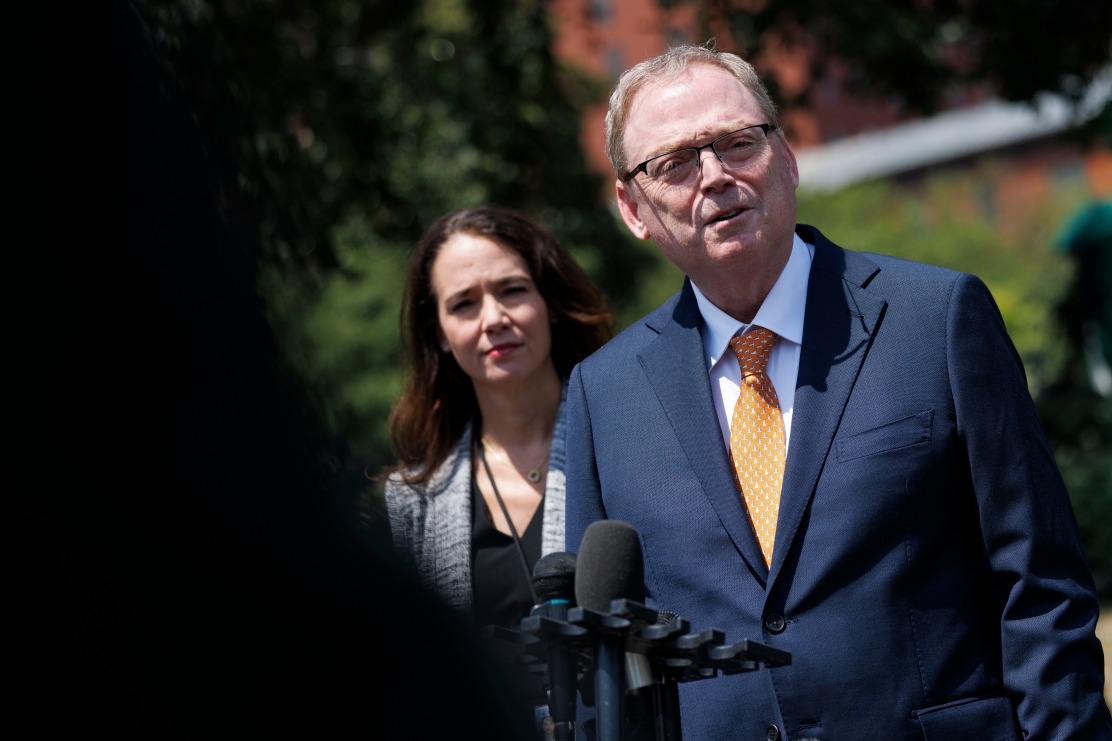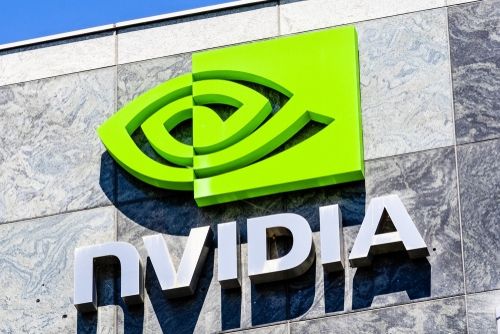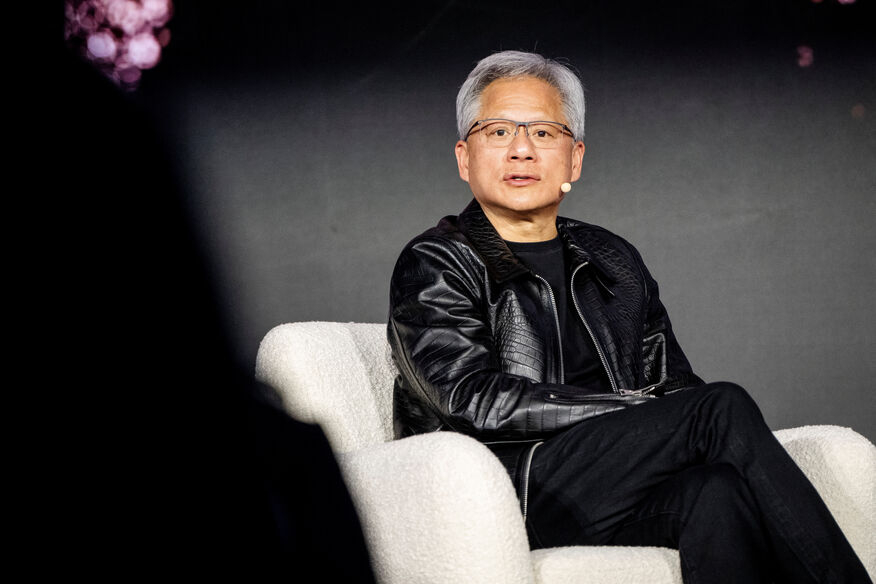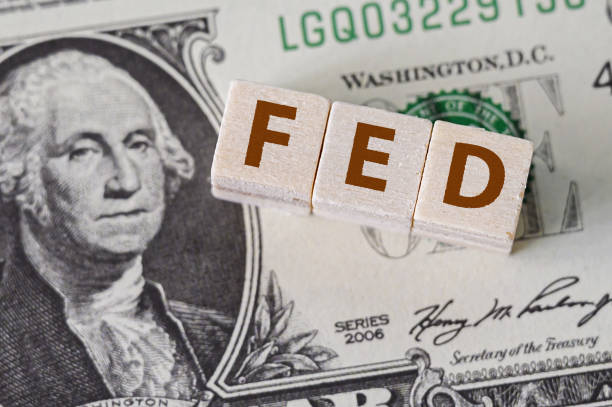Strong Growth, Weak Jobs, and an 80% Chance of a Less Independent Fed, WSJ Survey Shows

TradingKey - The rapid shifts in U.S. policy — especially on trade tariffs — have forced forecasters to constantly monitor political developments and adjust economic outlooks accordingly.
According to a Wall Street Journal survey of dozens of economists conducted in early October, respondents painted a somewhat “divided” picture of the U.S. economy: more optimistic on growth, increasingly pessimistic on jobs, and skeptical that the most qualified candidate will become the next Fed chair.
The WSJ surveyed 64 economists from academia and the private sector in early October, asking them about the U.S. economy, labor market, and Federal Reserve leadership.
Economic Growth Upgraded, Job Outlook Deteriorates
- Economists now expect Q4 GDP growth of 1.7%, up sharply from 1.0% in the July survey
- Yet they project only 15,000 new jobs per month in Q4 — far below the over 50,000 forecast in the previous poll
- The average expected monthly job growth over the next four quarters has been cut from 74,000 to 49,000 — the lowest since July 2023
This growing disconnect between growth and employment reflects the divergent forces shaping the economy:
- AI-driven investment boom is boosting capital spending and GDP
- But tariffs, immigration restrictions, and political uncertainty are weighing on hiring
As the Wall Street Journal noted:
“Spending on data centers and AI infrastructure has boosted growth and spurred the stock market, which buoys consumers’ attitudes toward spending. Meanwhile, companies facing rising costs due to tariffs have been more reluctant to hire.”
Even Wall Street banks benefiting from AI are replacing staff with automation, accelerating jobless growth concerns.
While tariffs continue to pressure the economy, their impact is becoming more predictable. President Trump has secured trade deals with key partners like Japan and the EU.
On October 15, Treasury Secretary Scott Bessent hinted that the U.S. may extend its pause on new Chinese tariffs in exchange for China delaying its rare earth export controls.
Still, weak demand and uncertainty are prompting employers to cut staff. The Fed’s Beige Book, released Wednesday, noted that although overall economic activity was little changed, more firms across regions are reducing headcount through layoffs or attrition due to soft demand and economic uncertainty.
Who Will Lead the Fed? Most Qualified ≠ Most Likely
When asked who they would most like to see as the next Fed chair, economists overwhelmingly chose Christopher Waller, current Fed Governor — praising his deep expertise and forward-thinking monetary policy record.
But when asked who is most likely to be appointed, opinions shifted dramatically. Kevin Hassett, Director of the White House National Economic Council, topped the list with over 80% probability, while Waller came second.
Hassett, one of Trump’s longest-serving economic advisors, blends populist trade views with traditional Republican stances on taxes and regulation — making him politically palatable despite less central banking experience.
A Less Independent Fed Ahead?
While 96% of economists said the Fed was "mostly or completely independent" from 1993 to 2024, and 79% believe it remains so today, expectations for the future are bleak.
79% of respondents believe the next Fed chair will lead a central bank that is either "not independent" or "partially independent."
This suggests a widespread belief that political influence over monetary policy is increasing.







